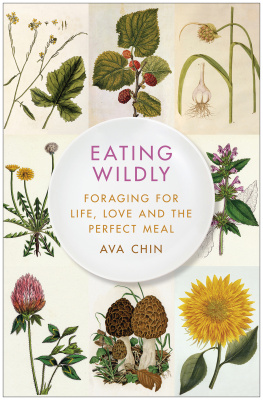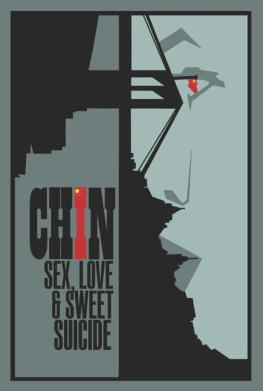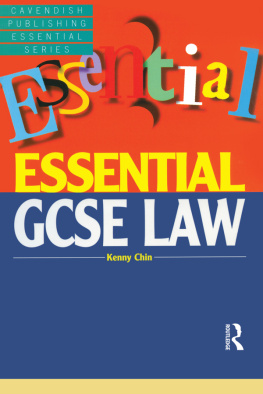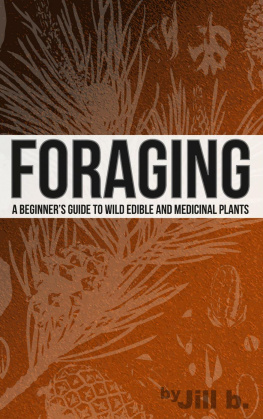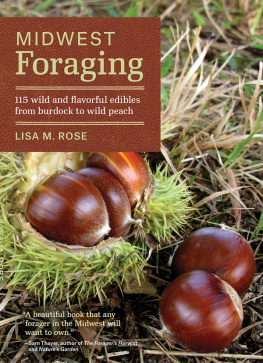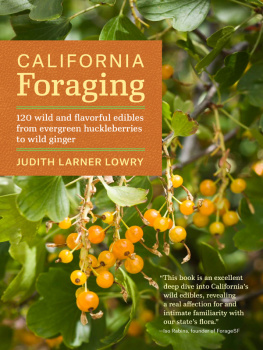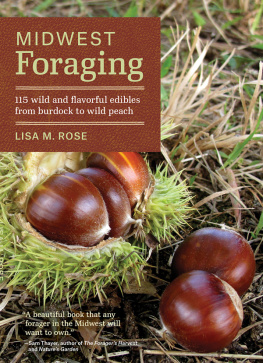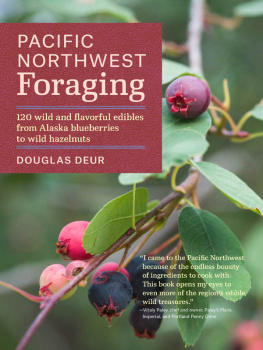Thank you for downloading this Simon & Schuster eBook.
Join our mailing list and get updates on new releases, deals, bonus content and other great books from Simon & Schuster.
C LICK H ERE T O S IGN U P
or visit us online to sign up at
eBookNews.SimonandSchuster.com
We hope you enjoyed reading this Simon & Schuster eBook.
Join our mailing list and get updates on new releases, deals, bonus content and other great books from Simon & Schuster.
C LICK H ERE T O S IGN U P
or visit us online to sign up at
eBookNews.SimonandSchuster.com

Simon & Schuster
1230 Avenue of the Americas
New York, NY 10020
www.SimonandSchuster.com
Copyright 2014 by Ava Chin
All rights reserved, including the right to reproduce this book or portions thereof in any form whatsoever. For information address Simon & Schuster Subsidiary Rights Department, 1230 Avenue of the Americas, New York, NY 10020.
Some portions of this book have appeared, in slightly different form, in the journal ISLE: Interdisciplinary Studies in Literature and Environment and in the Urban Forager for the New York Times . A version of the Wild Greens Pie recipe first appeared in Edible Brooklyn: The Cookbook .
A few of the names in this book have been changed to protect individual identities. However, there are no composite characters or events in this narrative.
Please be aware that it is important to use caution when gathering and preparing wild edibles. This book is not intended to be a guidebook or to offer professional advice. The author and publisher specifically disclaim all responsibility for any liability, loss, or risk incurred as a consequence of the use of any of the contents of this book.
First Simon & Schuster hardcover edition May 2014
Jacket design by Henry Sene Yee
Front cover images of common hemp-nettle, common dandelion and red clover Album/Art Resource, NY.; image of morel CCI / The Art Archive at Art Resource, NY.; image of garlic The Luesther T. Mertz Library, NYBG / Art Resource, NY.; remainder of images Bridgeman Art Library
SIMON & SCHUSTER and colophon are registered trademarks of Simon & Schuster, Inc.
The Simon & Schuster Speakers Bureau can bring authors to your live event. For more information or to book an event contact the Simon & Schuster Speakers Bureau at 1-866-248-3049 or visit our website at www.simonspeakers.com.
ISBN 978-1-4516-5619-0
ISBN 978-1-4516-5621-3 (ebook)
For Rose Mai, Laura J., and Mei Rose
C ONTENTS

Live in each season as it passes; breathe the air, drink the drink, taste the fruit, and resign yourself to the influences of each.
Henry David Thoreau, Journals , August 23, 1853
And what is a weed? A plant whose virtues have not yet been discovered.
Ralph Waldo Emerson, Fortune of the Republic
The hunter or fisherman may often come home empty-handed, but the forager, though he may fail to find the particular plant he is seeking, can always load his knapsack with wholesome and palatable food.
Euell Gibbons, Stalking the Wild Asparagus
Fall
1

The Search for a Wild Weed
Oyster mushrooms ( Pleurotus ostreatus )
I am walking along a secluded, wooded path in a park in Brooklynmy favorite place to forage for wild edibles in the city. My backpack is filled with plastic bags, a worn field edition of Euell Gibbonss Stalking the Wild Asparagus, and a box cutter that doubles as a knife. The wood mulch and dirt are damp beneath my sneakers as I make the slow climb up toward my destination. Down below, cyclists and joggers are making their way along the road that loops through the park, and I can hear the resounding clomp of a horse along the bridle path. In the height of early autumn, everything below is obscured by a rich tangle of leaves just starting to turn reddish gold in the morning light. A dog barks in the meadow.
I pause under the shade of a giant oak tree, scanning a fallen log where creamy white oyster mushrooms appear in the summer. Weve had serious rains coupled with mild temperatures, and the air practically smells of fungi. But today, the log is bareresembling a long, black plank under a thicket of enchanters nightshade, with its hundreds of irksome burrs, and native pokeweed, which, while edible when young, has grown poisonous in full maturity.
This place is sacred, and not just to foragers like me. Ive found the remnants of spiritual offerings in this ramble: Mardi Gras beads, a jewelry box in the shape of a grand piano, a baby cauldron tipped on its side, and even a plate of plantains, along with condom wrappers, baseballs, and empty 40-ounce bottles. More than once, Ive stumbled upon the encampment of a homeless personthe plastic garbage bags, blankets, and Chinese food containersbut Ive never seen anyone here except the occasional jogger, and once, a summer camp group of eight-year-olds doing a lesson on wilderness survival.
Ive done this walk innumerable times, traversed over the wooded rise, across the road, and up to an even higher peak, and each time I discover something new. A chipmunk scrambling across my path before disappearing into a hollow log. An assortment of edible wild fruitmulberries, blackberries, black raspberriesthat explode with bright flavor in my mouth. A cluster of cool-to-the-touch jelly mushrooms sprouting on a decaying tree.
I forage for myself nearly every week, even in wintertime when the landscape is icy and to an untrained eye it appears that nothing is growing, but todays walk is special: Im gathering ingredients for a pie that Im going to enter in my first food competition. Im on the hunt for savory lambsquarters, that free-range weed that gardeners hate but food lovers consider a culinary and nutritional treasure. Related to spinach, beets, and quinoa, Michael Pollan called lambsquarters one of the most nutritious weeds in the world ( In Defense of Food ). The first time I ate it raw, it fell flat on my palateI really couldnt distinguish the edible weed from any other leafy greenbut once Id sauted some in extra virgin olive oil with a little salt and pepper, I realized how very much it tasted like spinach. In fact, lambsquarters out-spinaches spinach in terms of pure greeny flavor.
Lambsquarters grows in backyards, on college campuses, and even around parking meters on the busiest avenues in my Park Slope neighborhood, but the best place to get it is in the park, away from traffic and pollution. Its a much-desired vegetable in Bangladeshi and Persian cuisine, but here its considered a weedeven otherwise open-minded urban farmers Ive met tend to treat it with disdain. Since lambsquarters thrives in full sunlight, I am heading toward a clearing on top of one of the highest points in Brooklyn, where the Chenopodium album grows on a slope unchecked, producing one of the best-tasting crops in the city.
Once on the hill, I pass a variety of familiar flora. I see the arching canes of blackberry bushes, with their smaller-than-store-bought fruit that are a lot zingier in the mouth; last month Id picked a small container full but now the bushes are empty. Mugwort, or wild chrysanthemum, which were one-inch sprigs in spring, now brush my shoulders. In Flushing, Queens, where I was born and raised, Ive encountered Chinese grandmothers collecting bundles of it for medicinal purposescalled moxa where they burn the dried stalks to stop aches and pains. I bypass patches of violets with their heart-shaped leaves, so pretty in spring salads, and the insistent stalks of Asiatic dayflower, with an azure blossom that rivals the blueness of the sky, and which is as transient as your last thought.
Next page
